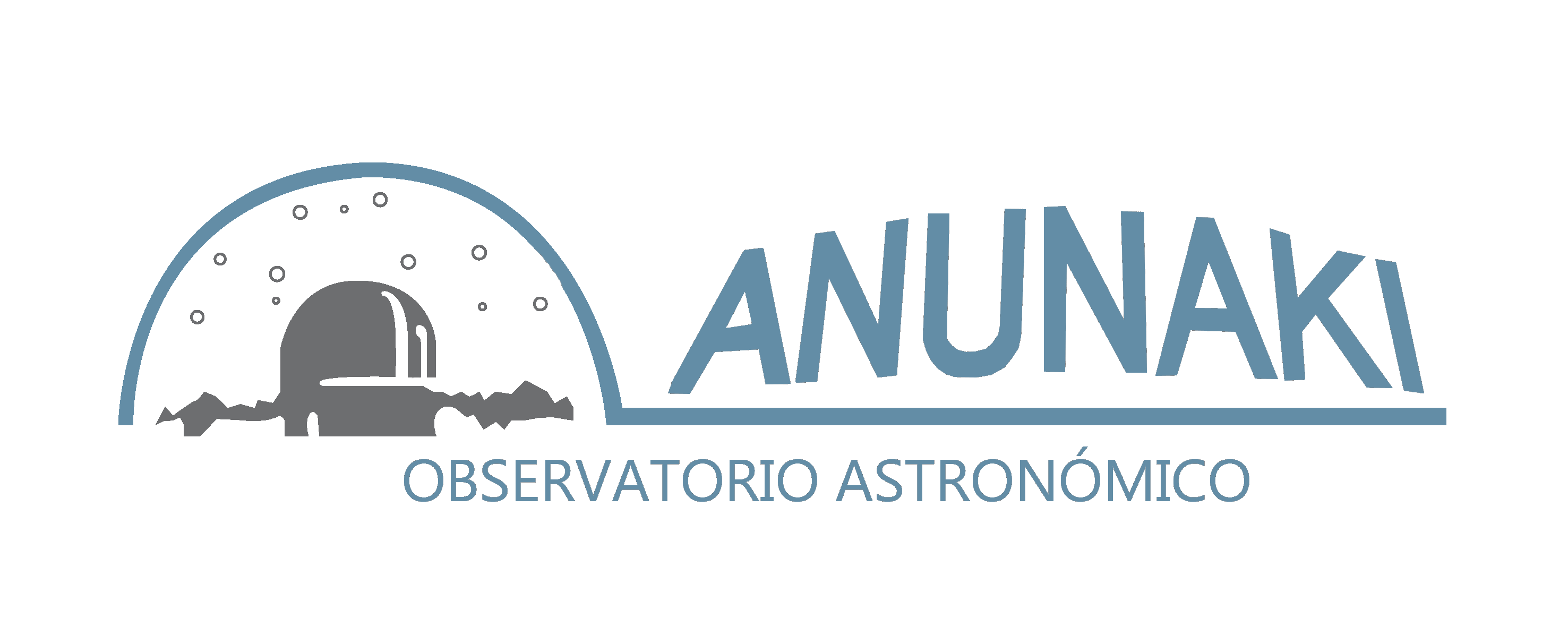The Orion Nebula spans a 10º region in the sky, and contains interstellar clouds, star clusters, H II regions, and reflection nebulae.
The nebula forms an almost spherical cloud, where the maximum density is reached near the central point. The maximum temperature is 10 000 K, but near the outer edge the temperature drops drastically. Unlike the density distribution, the cloud has very different speeds and turbulence throughout its extension, especially in the surroundings of the central region.
Relative movements inside the cloud reach speeds of 10 km/s, while local variations exceed 50 km/s.
The current astronomical model of the nebula consists of an ionized region, centered on Theta1 Orionis C, the star responsible for most of the ultraviolet radiation, as its emission is four times more powerful than the second brightest star, Theta2 Orionis A.
Around this ionized region, there is a high-density cloud of concave but very irregular shape, with agglomerations of gas on the outside, which make up the perimeter of the Orion cloud.
Observers have named several significant factions of the Orion Nebula. The dark path that extends from the north to the bright region has been called Fish Nebula.
The illuminated regions on both sides are called “Wings”. There are also other features, such as “The Sword”, “The Lunge” or “The Sail”.25 So far (year 2020), some 800,000 celestial objects have been catalogued, some near and some distant as distant galaxies, towards the area occupied by Messier 42.
The Orion Nebula is part of an immense cloud of gas and dust called the Orion Cloud, which extends through the center of the constellation Orion and also contains the Barnard Loop, the Horsehead Nebula, the De Mairan Nebula, the M78 Nebula and the Flame Nebula. Stars are formed along the entire nebula, giving off a large amount of thermal energy, and therefore the spectrum that predominates is the infrared.


